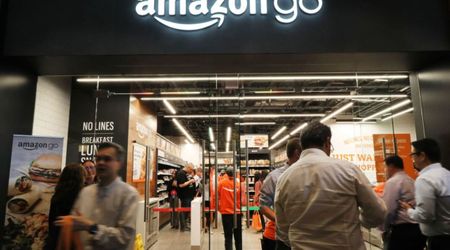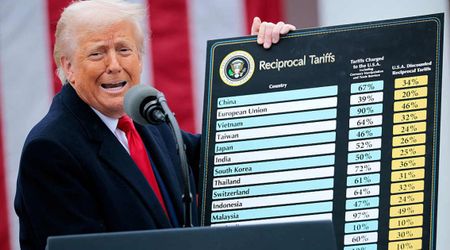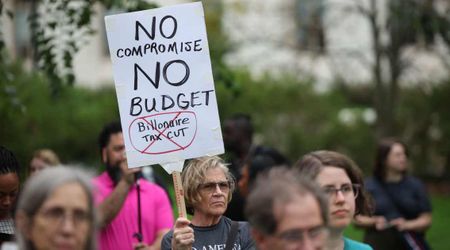Employee Engagement at an All-Time Low in the US; What Are the Key Reasons?

A recent Gallup report paints a concerning picture of the state of employee engagement in the United States. The study reveals that just one in three Americans is currently engaged at work, marking a decline that has persisted for several years. Gallup's engagement data is derived from national surveys involving over 18,000 full- and part-time U.S. workers, and it exposes critical challenges that companies are facing in maintaining a motivated and satisfied workforce.

The current landscape of employee engagement
Gallup's findings indicate a significant deterioration in employee engagement levels, with only 36% of workers reporting a sense of connection and commitment to their jobs. This represents a drop from the peak of 40% in June 2020 and signals a worrying trend for businesses striving to maintain a motivated and productive workforce. The report highlights several factors contributing to this decline, with role clarity emerging as a central concern.
Role clarity
According to Jim Harter, Gallup's chief scientist of workplace and wellbeing, role clarity is the most basic and foundational element of employee engagement. The breakdown in role clarity occurs when individuals are unclear about their responsibilities and how their roles align with their colleagues. This lack of clarity hampers effectiveness in meeting customer needs and achieving essential outcomes. The rise of hybrid workplaces, combining remote and in-office work, introduces a new frontier where colleagues may struggle to understand each other's roles, exacerbating role confusion.

Impact of poor management
The report points out that poor management practices significantly contribute to role confusion. Today's managers, facing burnout and disengagement, often lack the necessary training to lead a hybrid team successfully. A staggering 70% report having received no training in managing a hybrid workforce. The challenges faced by overworked managers include higher demands for flexibility, changing customer expectations, and a general lack of clarity in their roles. This cascading effect trickles down to the employees they manage.
The crucial role of meaningful feedback
Despite the challenges, Gallup identifies a key leadership activity that can significantly improve employee engagement: delivering meaningful feedback. Harter emphasizes the importance of managers focusing on providing regular and constructive feedback, meeting once a week to discuss recognition, collaboration, goals, priorities, and strengths. This practice is identified as the most impactful leadership activity that fosters high-performance relationships within teams.
A closer look at employee engagement trends
While the decline in engagement is evident, the report also notes a decrease in active disengagement, dropping to 16% in 2023 from 18% in 2022. However, the majority of workers, approximately half, fall into the category of neither engaged nor disengaged. This poses a crucial question: Is it necessary to be engaged to perform well at work? Gallup's data suggests that engaged employees experience lower rates of burnout and higher well-being, emphasizing the importance of fostering enthusiasm for one's work. The repercussions of widespread disengagement are significant, with Gallup estimating that not engaged or actively disengaged employees cost the U.S. economy $1.9 trillion in lost productivity. This underscores the urgent need for organizations to address the root causes of disengagement and actively work towards creating a more fulfilling work environment.
Managing expectations and nurturing engagement
While acknowledging the challenges in every job, Harter notes that clear expectations and a manager invested in employee development are crucial factors supporting high levels of engagement across generations. He observes that the newer generation of workers expects jobs that improve their overall lives, with a clear purpose and supportive management. As companies navigate these evolving expectations, leveraging each individual's strengths becomes essential to achieving optimal results and organizational success.
To sum up, the decline in employee engagement poses a serious threat to workplace productivity. Companies must prioritize addressing role clarity, providing effective management training, and fostering a culture of meaningful feedback to reverse this concerning trend. As the workforce continues to evolve, adapting leadership practices to support employee well-being and engagement becomes paramount for sustained success.





















